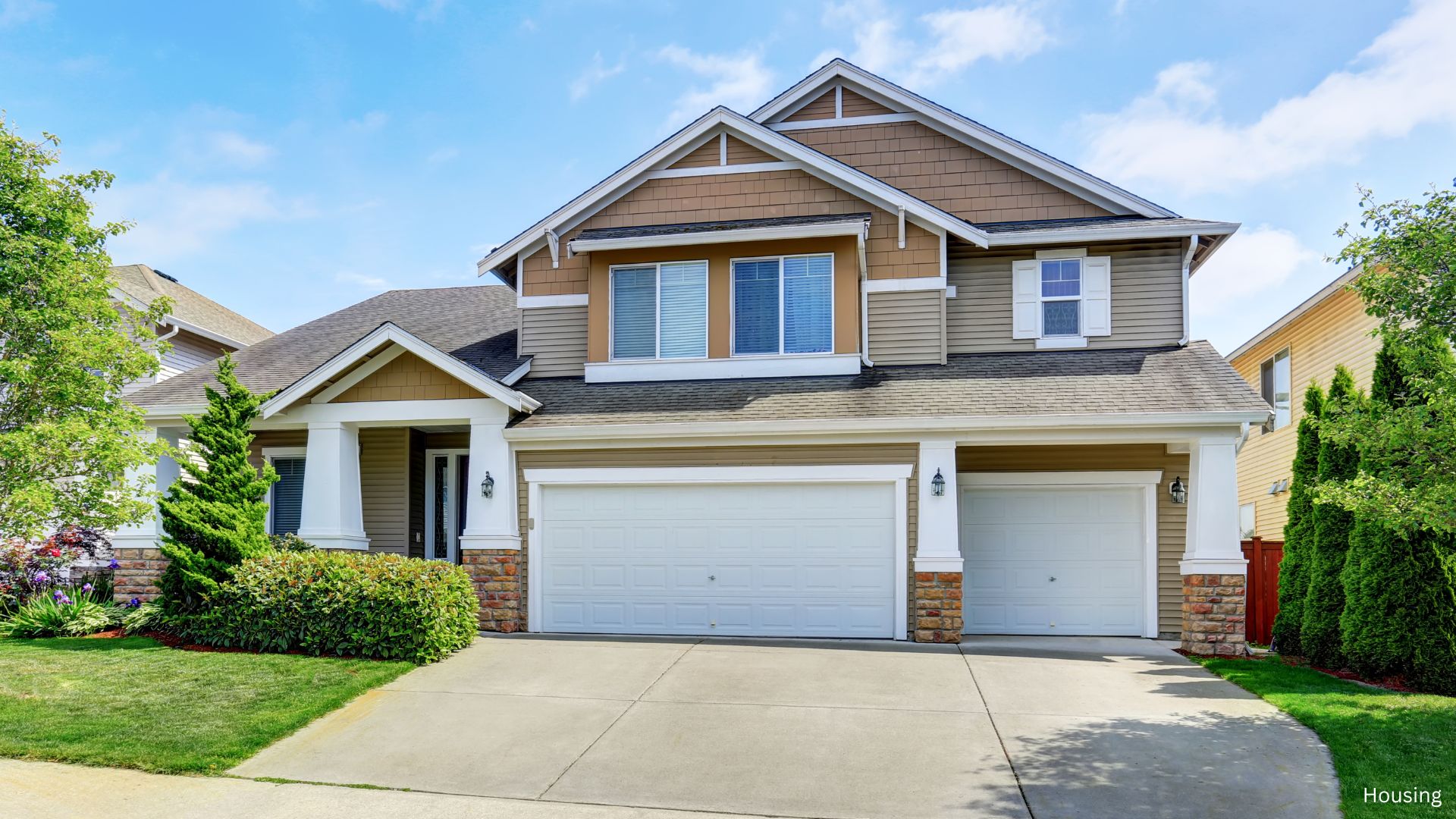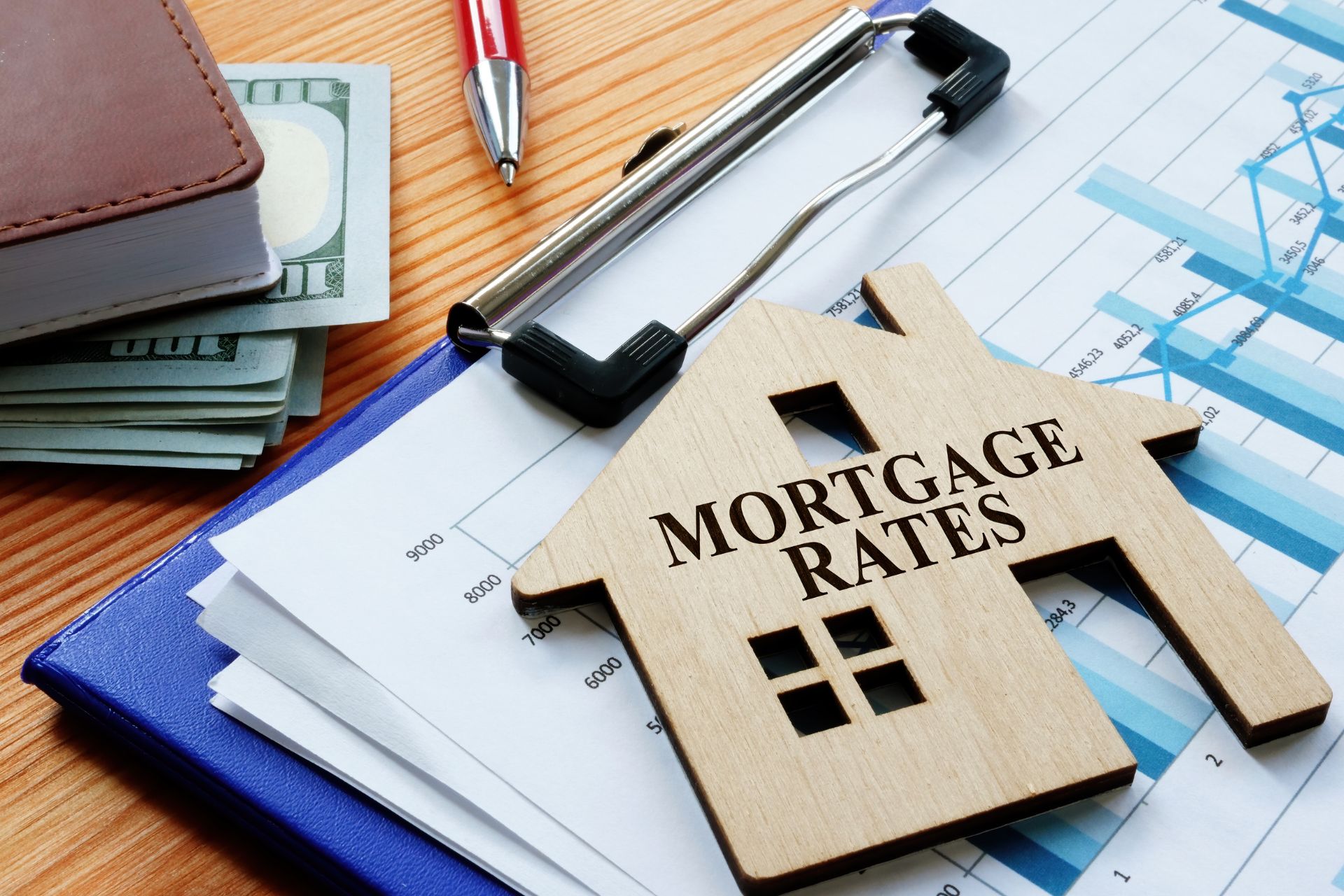Domestic migration is reshaping the housing landscape in the United States, influencing everything from where new homes are built to how the market responds to population shifts. As Americans move across state lines seeking affordability, better job opportunities, and an improved quality of life, domestic migration emerges as a critical factor in understanding the future of homebuilding.

The Rise of Domestic Migration
Recent data reveals that domestic migration is driving housing demand in key regions, surpassing even the impact of increased immigration rates in recent years. According to a report highlighted by Realtor.com, states like Texas, Florida, and the Carolinas have become magnets for movers leaving high-cost areas like California, New York, and Illinois. This trend has not only increased housing demand but also spurred new construction activity in these fast-growing regions.

The COVID-19 pandemic accelerated migration patterns, with many Americans reevaluating their priorities. Cities such as Orlando, FL, and Salt Lake City saw population declines, while places like Sacramento, CA, and Indianapolis maintained positive growth. Homebuilders have responded by focusing construction efforts in these high-demand areas, ensuring a steady supply of modern, energy-efficient homes.
Housing Opportunities in High-Growth Areas
As domestic migration reshapes demographics, new opportunities emerge for homebuyers and renters. Many builders are concentrating on affordable housing solutions in growing metro areas like Oklahoma City, Cincinnati, and Nashville. These cities offer distinct advantages:
- Modern Homes: Newly built properties often feature energy-efficient designs and contemporary layouts, catering to today’s buyer preferences.
- Affordability: These regions provide cost-effective alternatives compared to coastal housing markets.
- Reduced Competition: Emerging neighborhoods tend to have less buyer competition, allowing more room for negotiation.

Challenges for the Housing Market
While domestic migration has fueled growth, challenges remain. The report from Realtor.com highlights potential labor shortages in the construction sector due to immigration policy changes, such as mass deportations. Builders may face higher costs and delays in replacing skilled workers, impacting their ability to meet rising demand.
Moreover, areas experiencing rapid population growth must address infrastructure needs, including transportation, schools, and healthcare facilities, to accommodate new residents.
What Domestic Migration Means for Homebuyers
For prospective buyers, keeping an eye on migration patterns is essential. Cities with strong population growth often present the best opportunities for finding affordable homes in thriving neighborhoods. According to Realtor.com, builders are increasingly focusing on smaller, budget-friendly homes, making new construction accessible to first-time buyers despite higher mortgage rates.
Additionally, the Sun Belt continues to dominate the new construction market, with a significant share of developments concentrated in southern states. This trend highlights the ongoing appeal of warmer climates and lower living costs.

Domestic Migration Shapes the Future of Housing
Domestic migration is more than a population shift; it’s a driving force behind new housing trends in the U.S. As highlighted by Realtor.com, understanding these migration patterns is crucial for anyone navigating the housing market. Whether you’re a homebuyer seeking affordability or a builder looking to capitalize on growth, domestic migration will remain a defining factor in shaping America’s housing future.
Related posts:
 Supply Skepticism: The Complex Puzzle in US Housing 2023
Supply Skepticism: The Complex Puzzle in US Housing 2023
 Mortgage Rates Drop Below 7%: A Ray of Hope for the Housing Market?
Mortgage Rates Drop Below 7%: A Ray of Hope for the Housing Market?
 Buffalo Housing Market: A 2024 Success Story of Growth and Affordability
Buffalo Housing Market: A 2024 Success Story of Growth and Affordability
 Congress Struggles to Fix Housing; House Prices Still Increasing
Congress Struggles to Fix Housing; House Prices Still Increasing
 States Embark on Groundbreaking Effort to Address Homelessness through Medicaid Funds
States Embark on Groundbreaking Effort to Address Homelessness through Medicaid Funds



